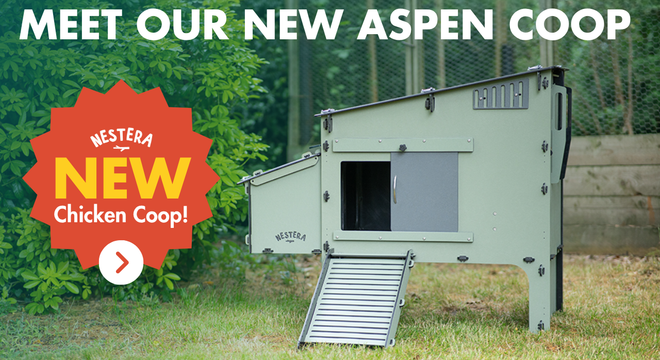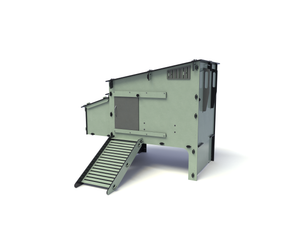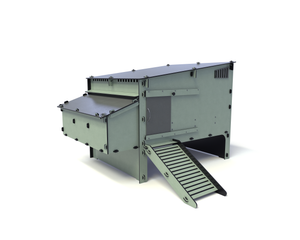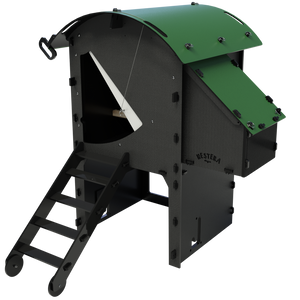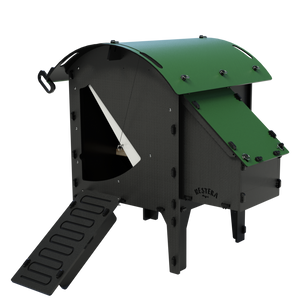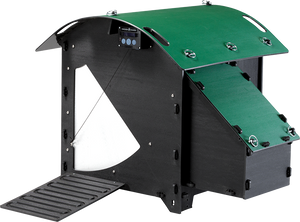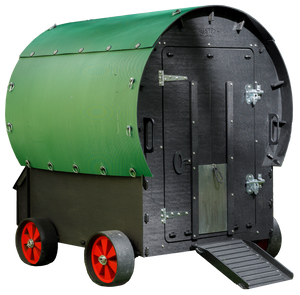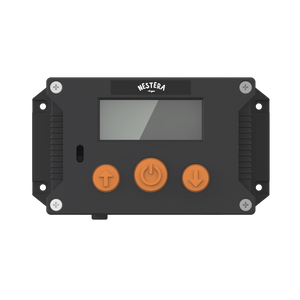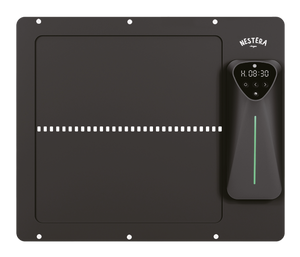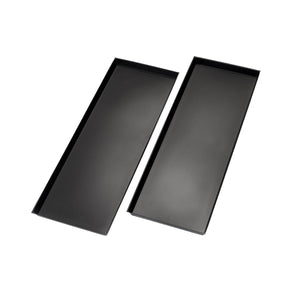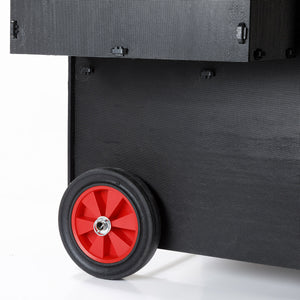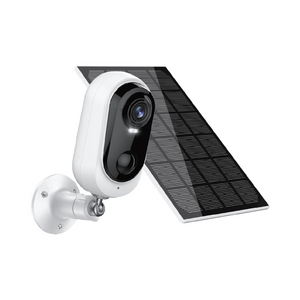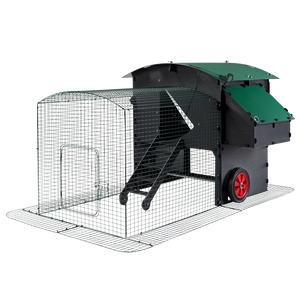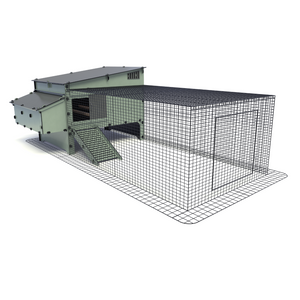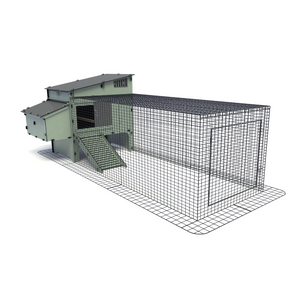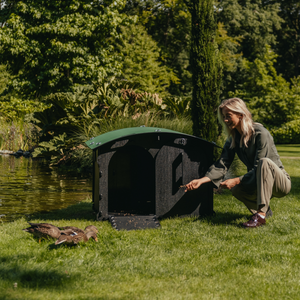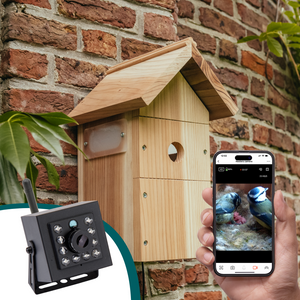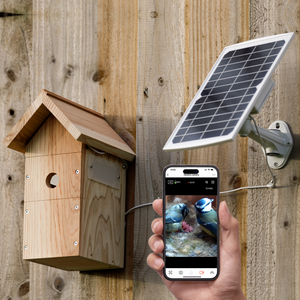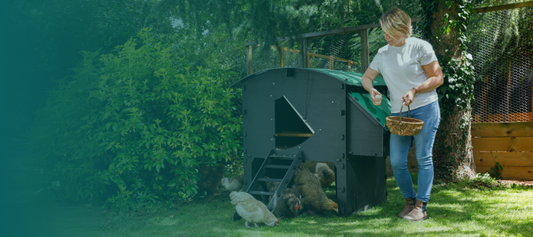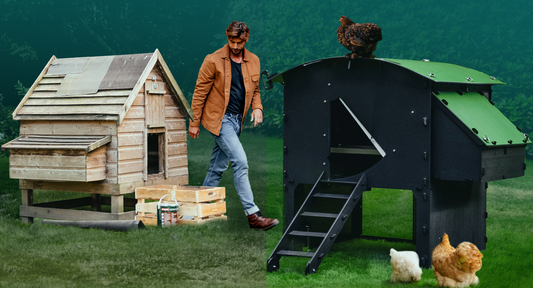Putting the wellbeing of our chickens as a priority is every chicken keeper's responsibility. One critical aspect of poultry care is regular inspections for common pests like lice and red mites. In this guide, we'll show you how to check your hens for the little pesky intruders and keep your flock healthy and comfortable.
Why Check for Lice and Red Mites?
Lice and red mites are common parasites that can infest chickens, causing discomfort, stress, and even health issues if left unchecked. Regular inspections help you identify and address any infestations promptly, preventing potential harm to your birds.
Step 1: Secure Your Hen
To begin the inspection, you'll need to securely hold your hen. A gentle yet firm grip is essential to keep her calm during the process. Here's a simple technique:
a. Take both of your hen's feet in one hand.
b. Slide your free arm underneath her, securing her under your arm.
c. This method leaves you with one hand free for examination while ensuring your hen feels safe and secure.
Watch this video where Sabina shows you hands-on how to hold a chicken.
Step 2: Examine the Vent Area
Now that your hen is comfortably secured, it's time to start the examination. The vent area, located near the base of the tail feathers, is a prime spot to check for lice and red mites. This area tends to be warm and moist, making it attractive to these pests.

Step 3: Inspect for Lice
a. Gently part the feathers around the vent.
b. Hold the feathers in this position for a few seconds, allowing you to observe any movement. Lice are small, and you'll typically see them running away from the cold and light.
c. Be thorough in your examination, looking not only on the skin but also at the base of the feathers. Lice infestations can manifest as white crusts near the base of the feathers.

Step 4: Searching for Red Mites
The process for checking for red mites is similar to inspecting for lice:
a. Part the feathers around the vent area.
b. Look for very tiny black or grey dots on your hen's skin. These dots are indicative of red mites.

What to Do If You Find Lice or Mites:
If you discover lice or red mites during your inspection, it's crucial to take immediate action to address the infestation:
1. Isolate the Affected Hen: Separate the infested hen from the rest of the flock to prevent the spread of parasites.
2. Clean the Coop: Thoroughly clean the coop to eliminate any remaining parasites or eggs. Our coops are designed to make the job faster. They have multiple access points for easy disassembly. The smooth plastic surfaces make cleaning and drying the coop super easy.
3. Apply Appropriate Treatment: Consult with a veterinarian or a poultry expert to choose the right treatment for your specific infestation.
4. Repeat the Inspection: Keep monitoring your flock for several weeks to make sure you completely eradicate the infestation.
In conclusion, regular inspections for lice and red mites are essential to maintaining a healthy and happy flock. By using this guide, you can easily check your hens for common pests and quickly protect your chickens from infestations. Your vigilant care will ensure your feathered companions remain pest-free and content.
